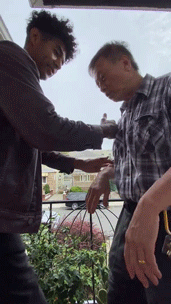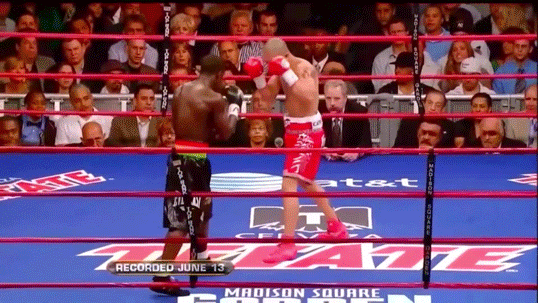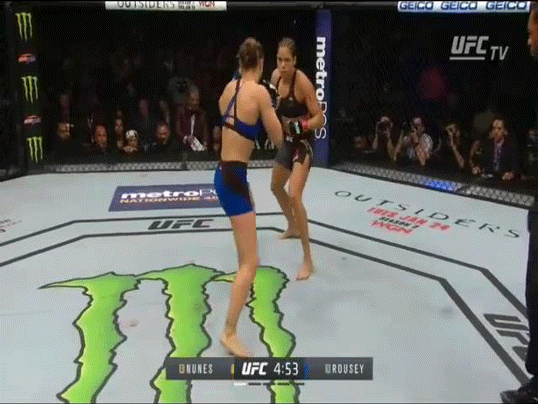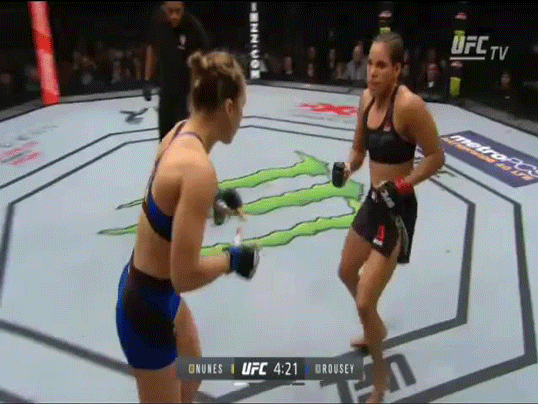johnwang wrote:To stick, listen, yield, follow is one approach. To shake your opponent and interrupt his movement is another approach.
When your opponent swings
- toward you, if you give him a push,
- away from you, if you give him a pull,
you can interrupt that swing.
I don't understand why IMA does not address this method - "shaking".
Why do you want to shake your opponent? You don't want him to generate speed and power during the initial stage. When you throw a right punch at me, if I can push on your right shoulder, even 4 oz force can stop your punch.
johnwang wrote:marvin8 wrote:A: Can you post clip(s) of "stopping a right punch by pushing on right shoulder," either demo or training, if not fighting (which I never asked for)? You already posted some testing/fighting videos.
Thanks. The direction of Chang's throw (forwards/uchi mata) contradicts your throw (backwards/front cut), even though both feeders' position are the same. Which throw direction is better (e.g., not force against force)?
Both yours and Chang's head control (interrupt) and throws are started in the end stage, not "initial stage." In the end stage, your opponent can counter (e.g., asking hand, punch you in the nose, counter front cut with front cut, etc). Which interrupt timing is better?
Examples of interrupt in the "initial stage." Push (or hit) and don't get pushed (or hit):
At :53, Ian, "You want to push me the way that I'm not resisting. Just like if you throw a punch at me, I don't want to focus on the punch. If you throw a punch, I focus on where the punch isn't and find the easiest way into your center."
At :50, Sifu Tong, "You go forward...too late! Then, you get me. However, here right away. ...Once I...I already go. Otherwise, [gestures: you punch me in the nose]."


Daniel Cormier pushes Ariel Helwani:


johnwang wrote:marvin8 wrote:Do you have a clip of "stopping a right punch by pushing on right shoulder?
A: Do you have a clip of ...?
B: I have over 1000 clips on my computer.
A: But those clips are demo/training clip. Those are not fighting clip.
B:
A: Do you have a clip of "stopping a right punch by pushing on right shoulder, then throwing?"
B: I have over 1000 clips on my computer.
A: Can you post a "realistic" clip of "stopping a right punch by pushing on right shoulder, then throwing," where the feeder retracts his punch?
B: No, it's training. "My opponent has to be compliant." If training partner retracts their punch, it will be too fast to train blocking punches and throwing.
A: But in your blocking, training videos, you retract your punches. Why can't you do the same in your blocking and throwing training videos? If you can't train blocking and throwing without freezing your punches, then how can you do it in a real fight? Wouldn't it be easier to try retracting punches in training and test to see if it works, rather than hypothesizing?
B:









